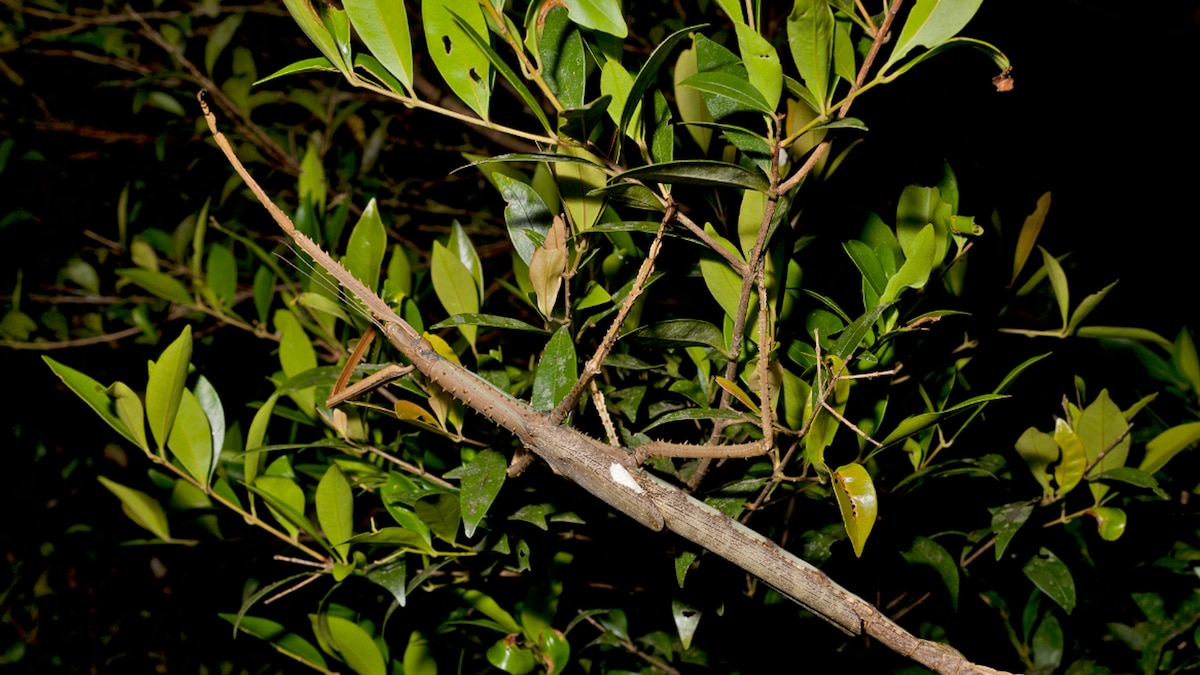Now Reading: Colossal Stick Bug Discovered: How Many Giant Insects Remain Unseen?
-
01
Colossal Stick Bug Discovered: How Many Giant Insects Remain Unseen?
Colossal Stick Bug Discovered: How Many Giant Insects Remain Unseen?

Quick Summary:
- A newly discovered stick insect species, Acrophylla alta, has been identified in Australia, becoming the heaviest known insect in the country.
- The largest collected specimen weighs 44 grams-about the weight of a golf ball-and is as long as an average human forearm.
- It surpasses Australia’s previous heavyweight insect but remains smaller than the heaviest recorded insect globally,a giant wētā from New Zealand that weighed 71 grams.
- The species was identified after one individual fell from rainforest canopies and was photographed by an onlooker who posted it on social media. This led to its scientific recognition.
- Scientists speculate larger specimens of Acrophylla alta may exist but have yet to be encountered due to thier secluded habitat high in humid rainforest canopies.
- Australia’s lush regions provide ideal conditions for large insects; though, critically important gaps remain in identifying global insect biodiversity.Experts estimate up to 30 million unidentified insect species worldwide.
Indian Opinion Analysis:
The finding highlights critical themes pertinent to biodiversity conservation and research. While the find underscores Australia’s unique ecological conditions benefiting larger organisms, it also serves as a reminder of vast uncharted territories within global biodiversity science-a principle relevant to India. As one of Earth’s most geographically diverse nations with ecosystems ranging from tropical rainforests to dry deserts, India faces similar opportunities for groundbreaking discoveries.
India could draw lessons from both this instance’s reliance on citizen science (the casual observer sharing findings via social media) and systematic institutional collaboration between museums and researchers for identification purposes. Such approaches might help uncover India’s untapped biological resources while inspiring public awareness about delicate ecosystems at risk due to deforestation or climate change.
Moreover, efforts like these stress why preserving canopy-rich forests matters-not only globally but within India’s own biodiverse zones such as Western Ghats or Northeast forests where deep exploration might yield insights into unknown flora and fauna essential for ecological understanding.
























